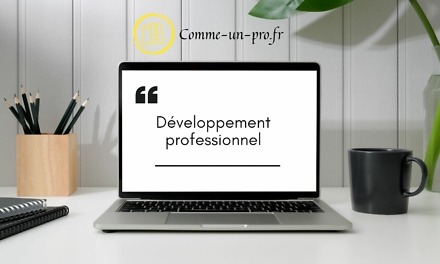Learn the principles of web accessibility and create inclusive designs
If you want to create websites and apps that are accessible to everyone, then you've come to the right place! This course will teach you the principles of web accessibility and how to put them into practice to create inclusive designs.
You'll learn about the requirements for making your content accessible, as well as barriers users may encounter. You will learn best practices for designing user interfaces, from typography and color to media and interactions. You will know how to test your design to verify its accessibility.
This course is for all levels, from beginners to professionals, and will give you the keys to creating accessible designs that will benefit everyone. Join us to improve your inclusive design skills.
Understanding Accessible Content: Principles and Practices for Content Usable by All
Accessible content is content that can be used by the widest possible audience, including people with disabilities. It is content that takes into account the different needs of users, such as visual, hearing, physical or cognitive impairment. It allows users to navigate, understand and interact with content efficiently and independently. It can include subtitles for people with hearing loss, audio descriptions for people who are blind, clear and simple formatting for people with reading difficulties, etc. In other words, accessible content is designed to be used by everyone, regardless of the user's physical or technological abilities.
Creating accessible web content: The requirements to be met
There are several requirements that must be met to create accessible web content. The most common include:
- Navigation: It is important to allow alternative navigation for users who cannot use the mouse or who have difficulty seeing the screen.
- Contrast: It is necessary to ensure sufficient contrast between text and background for visually impaired users.
- Audio/video: Audio descriptions and captions should be provided for hard of hearing and deaf users.
- Language: The language used should be clear and simple for users with reading difficulties.
- Images: Alt text should be provided for users who cannot see images.
- Forms: Forms must be accessible to users who do not use the mouse to fill in fields.
- Tasks: Tasks should be accessible to users who have difficulty clicking buttons or using drop-down menus.
- Resolution: It is important to ensure that content is playable on different screen resolutions.
- Assistive technology: It is important to consider users who use assistive technologies to interact with content.
It is important to note that this list is not exhaustive and that there are other requirements that may be necessary to make web content accessible depending on the situation.
Understanding assistive technologies for digital accessibility
Assistive technologies are designed to help people with disabilities use digital products effectively and independently. These are usually software or tools that can help users with visual, hearing, physical or cognitive impairments.
These technologies may include features such as text-to-speech to read screen content, magnification tools to magnify characters and images, adaptive browsers to navigate with shortcut commands, OCR software to read documents digitized and many more.
It is important to consider these technologies when designing digital products to ensure accessibility for all users.


